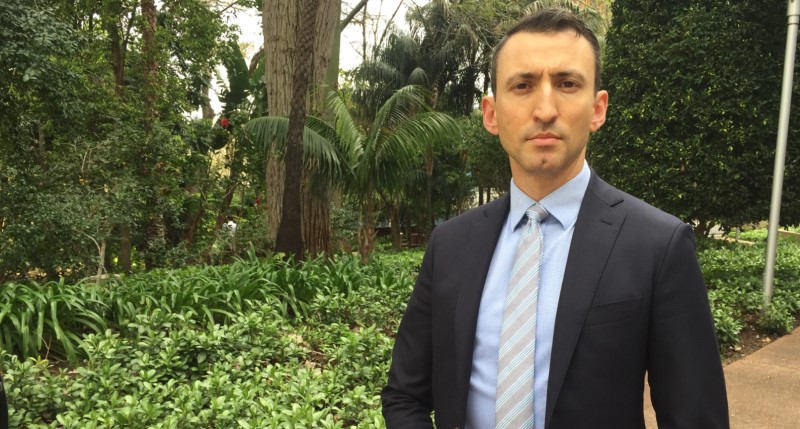- Australia supplies 56% of global iron ore, China demands 78% of it
- China's growth in floor space has slowed, but is still positive
- Households saved during the pandemic, and are now spending
- Interest rates will continue to remain very low
The economic fundamentals in Australia are “strong” and we should be “optimistic”, so says the Chief Economist of CCI WA Aaron Morey.
Speaking at the annual API-REIWA property breakfast this morning, he delivered a positive view of the national and state economy.
“Australia has 56% of the global supply of iron ore,” said Morey, “and China demands 78% of the global supply.”
As long as China keeps building, they will keep requiring our iron ore. Although they are not building new floor space in quite same pace they were ten or fifteen years ago, building is still happening. Plus, the Chinese economy grew during 2020, by 3%, whereas most of the rest of the developed world saw recessions and between 3% and 10% economic downturns.
With the reductions in supply from Brazil due to Covid restrictions, so the world has turned to Australia to ship as much of the ore as possible.
Meanwhile, iron ore prices have risen to US$160/tonne today, from around US$40/tonne five years ago.
“The issue for WA though is that 43% of its economy is mining,” said Morey. “You have to go to the financial sector in NSW to find the next most reliant industry sector for a state in Australia, at 12%.”
Three factors underpin the relative strength of the national economy, according to Morey:
- The resources industry
- The Federal government stimulus
- The ability to control the virus
With the resources industry showing continued strength, as long as we can keep the virus at bay as vaccinations happen, Australia should be able to handle the ending of the federal stimulus packages in a few months time, Morey argued.
Another important element is that, unlike the previous downturn around the time of the global financial crisis (GFC) where Australians dipped into their savings, this time they have generally stashed away money (at about twice the usual rate.)
With interest rates set to stay very low for the time being, and arrears on mortgages actually falling, households are starting to spend, further assisting the recovery. Retail spending rose 15% last year – during a pandemic – which was not expected.
Indeed, a recent survey showed that there is more concern over skill shortages than a sudden outbreak of the virus.
~~








